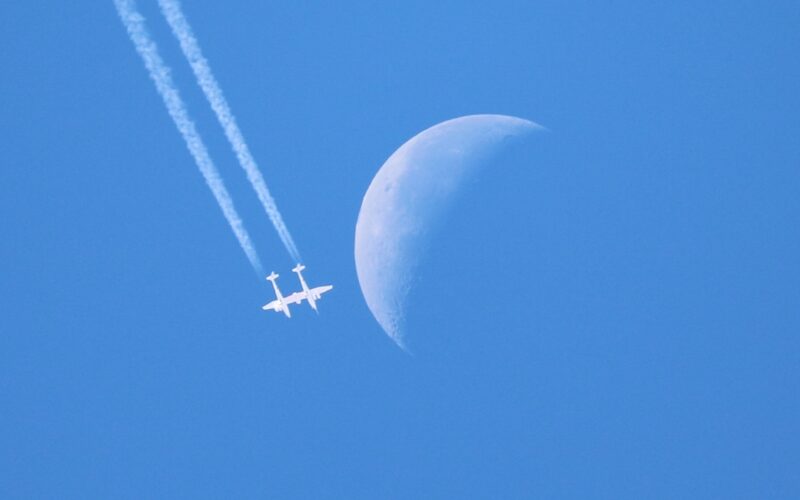Virgin Galactic carrier plane VMS Eve has taken to the skies again, after spending 16 months grounded while engineers carried out upgrades and modifications.
VMS Eve was last seen in action in October 2021 when she flew from Spaceport America in New Mexico to Virgin Galactic headquarters in Mojave, California.
News of the flight was shared by the space travel company in a social media post on Thursday, February 17, 2023, although the flight itself took place on February 16.
The tweet read: “YOU asked, WE answered — Today, #VMSEve took to the skies above Mojave, CA.”
Spacenews said VMS Eve took off from Mojave Air and Space Port in California at 1.30pm and flew for over for two hours, reaching heights of up to 12,650 meters according to flight tracking data.
In an online Q&A with Virgin Galactic, Director of Flight Test Kelly Latimer highlighted the importance of testing the aircraft.
“For flight tests, we actually go out and fly very specific conditions, gather data from the vehicle, such as airspeed, altitude, and various other aircraft parameters,” Latimer explained.
“Then the engineers look at the data and determine things like; to what degree did the wing bend or not bend? Our engineers take all of that information and update their models because, although we don’t fly every possible situation, our computer models can and do!”
The most significant alteration to VMS Eve was the changing of the launch pylon, the assembly in the center of the wing between the two fuselages that cradles VSS Unity and releases it into space.
Although VMS Eve was flying solo, the test flight was still able to capture crucial data.
Latimer said: “One thing we will do is take it [VMS Eve] out – without any spaceship attached to it – up to high altitude, cold-soak it [make sure everything operates in extremely cold temperature], then we actuate the hooks that would normally attach to the spaceship and collect data on how they performed.”
Latimer also revealed that VMS Unity is “ready and waiting” and VMS Eve will join the team in New Mexico soon.
“After we complete system checks during initial flight test, Eve will fly what we call a ferry flight to New Mexico,” Latimer said. “The team is excited to see Eve and Unity reunited again, and we have some more testing to do with the mothership and spaceship combined – including more ground testing, glide and powered flight to complete the required validations of the vehicle’s modifications.”

